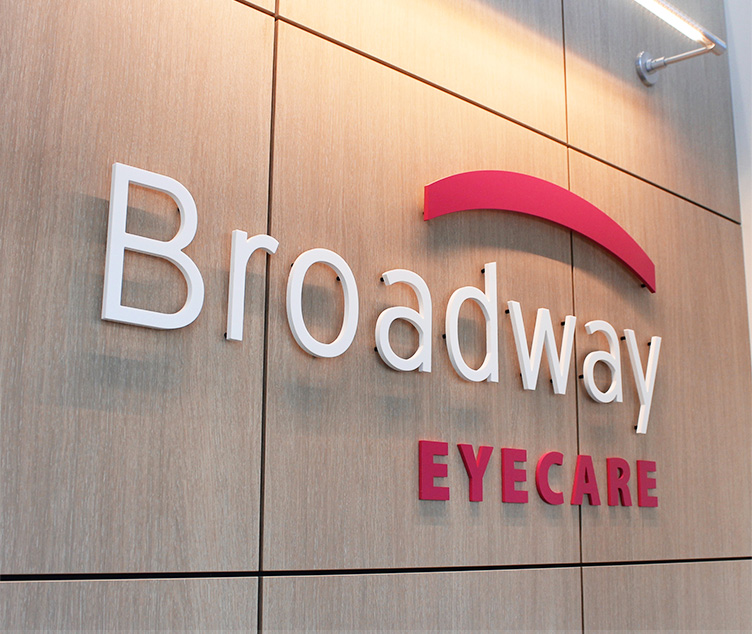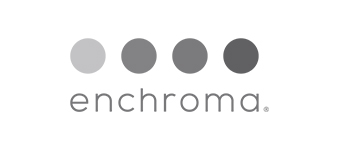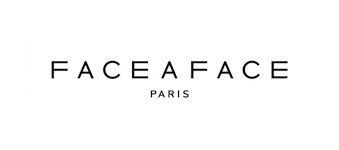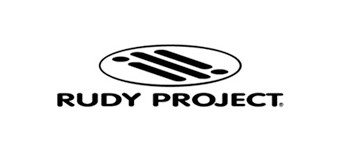Contact lenses do have an expiration date, and wearing them past that point can increase your risk of eye infections, discomfort, and long term damage.
It might be tempting to use an old backup pair in a pinch, but expired contacts are more than just outdated—they can become unsafe. As the sterile packaging breaks down over time, the solution that keeps lenses clean and bacteria-free becomes less effective. Whether you wear daily disposables or monthly lenses, replacing them on time is a key part of protecting your eye health and vision.
Understanding Contact Lens Expiration Dates
What the Expiration Date Means
The expiration date on your contact lens packaging serves an important purpose. It indicates how long the manufacturer guarantees the sterility and integrity of the lens and its packaging solution.
Contact lenses are packaged in a sterile saline solution that keeps them free from harmful bacteria, fungi, and other microorganisms. Over time, this sterile environment can become compromised, even with unopened packaging. The preservatives in the solution gradually lose their effectiveness, creating an environment where harmful organisms could potentially thrive.
Where to Find the Expiration Date
You’ll typically find the expiration date printed on both the outer box and individual blister packs. Look for “EXP” followed by a month and year (such as “EXP 06/2025”). Some manufacturers also use “USE BY” or similar terminology.
It’s important to note that this date applies only to unopened, properly stored lenses. Once you open a package, different rules apply based on your lens type and replacement schedule.
Why Contact Lens Expiration Dates Matter
Sterility Breakdown
The primary concern with expired contacts relates to sterility. The sealed packaging creates a controlled environment that prevents bacterial growth. However, this protection isn’t permanent. As the preservatives in the storage solution degrade, the risk of contamination may increase.
Material Degradation
Contact lenses are made from sophisticated materials like silicone hydrogel or hydrogel polymers. These materials are designed to maintain their shape, flexibility, and oxygen permeability for specific periods. After expiration, the lens material may begin to break down, affecting comfort and vision quality.
Regulatory Compliance
Manufacturers assign expiration dates to comply with health regulations and maintain safety standards. These dates help ensure that users receive products that meet established safety and efficacy criteria.
Risks of Using Expired Contact Lenses
Eye Infections
Using expired contacts increases your risk of developing serious eye infections. Common infections include:
- Bacterial keratitis: A potentially sight-threatening infection of the cornea
- Conjunctivitis: Inflammation of the eye’s outer membrane
- Fungal infections: Rare but serious infections that can cause permanent damage
These infections can cause discomfort, redness, discharge, and in severe cases, vision loss.
Reduced Comfort & Performance
Expired lenses may become brittle, warped, or develop microscopic defects. This can lead to:
- Increased irritation and discomfort
- Poor fit that allows the lens to move excessively
- Reduced oxygen transmission to your cornea
- Blurred or distorted vision
Potential Long-Term Damage
In severe cases, using expired contacts can lead to:
- Corneal scarring
- Permanent vision changes
- Chronic dry eye syndrome
- Increased sensitivity to light
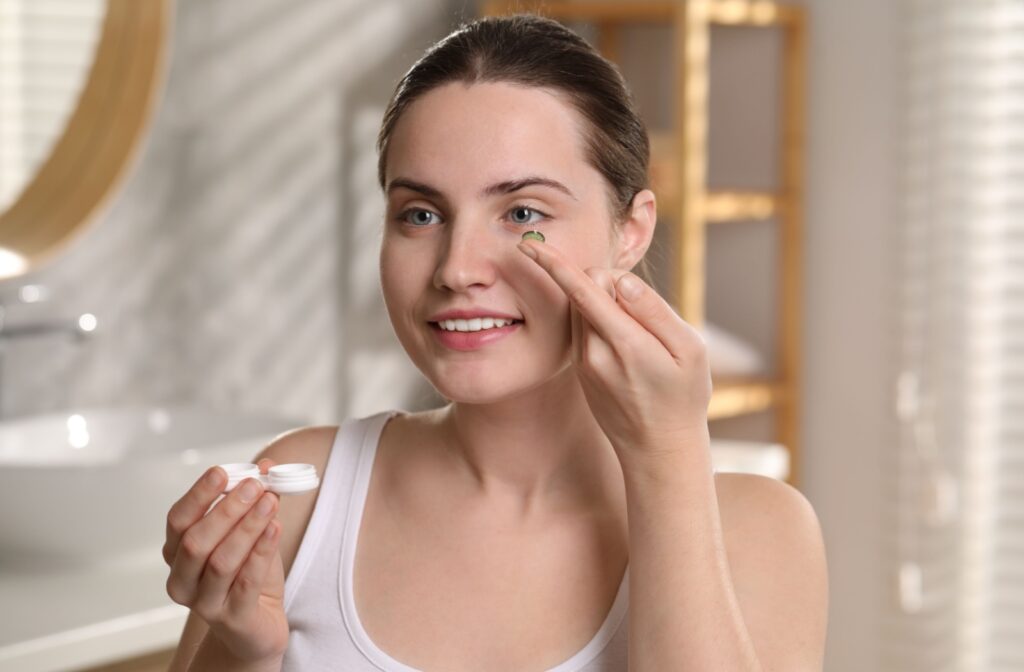
Safe Contact Lens Practices
Taking care of your contact lenses is important for protecting your eye health and securing comfortable, clear vision. Following a few simple habits can help reduce the risk of irritation or infection.
- Get regular eye exams to keep your prescription current and monitor eye health
- Store lenses properly in a cool, dry place away from sunlight
- Track expiration dates using a calendar or app, and use older lenses first
- Order replacements early to avoid running out or using expired lenses
- Follow your optometrist’s guidance on wearing time, cleaning, and replacement schedule
By staying consistent with these practices, you can enjoy safe, effective lens wear and reduce the risk of avoidable complications.
When to Replace Your Contact Lenses
Following the correct replacement schedule is important for keeping your eyes healthy and your vision clear. Different lens types have different guidelines, so it’s important to know what applies to yours.
- Daily disposables should be thrown away after each use—never reuse or store them overnight
- Weekly and monthly lenses must be replaced on schedule, even if they still feel comfortable
- Extended wear lenses require careful monitoring—only wear them overnight if approved, and follow your optometrist’s replacement and cleaning instructions
Sticking to the recommended replacement schedule helps prevent irritation, infection, and long term damage to your eyes.
Keep Your Eyes Healthy With Professional Care
Understanding contact lens expiration is just one aspect of maintaining healthy vision. Regular eye examinations, proper lens care, and staying informed about contact lens safety help you to enjoy clear, comfortable vision for years to come.
Our experienced team can help you choose the right contact lenses, develop a proper care routine, and monitor your eye health over time. Schedule your next eye examination with Broadway Eyecare today!



